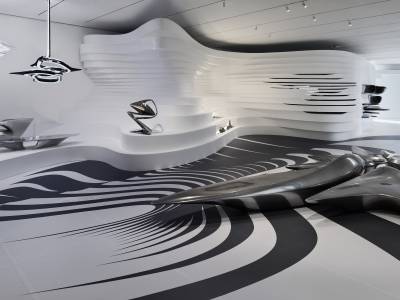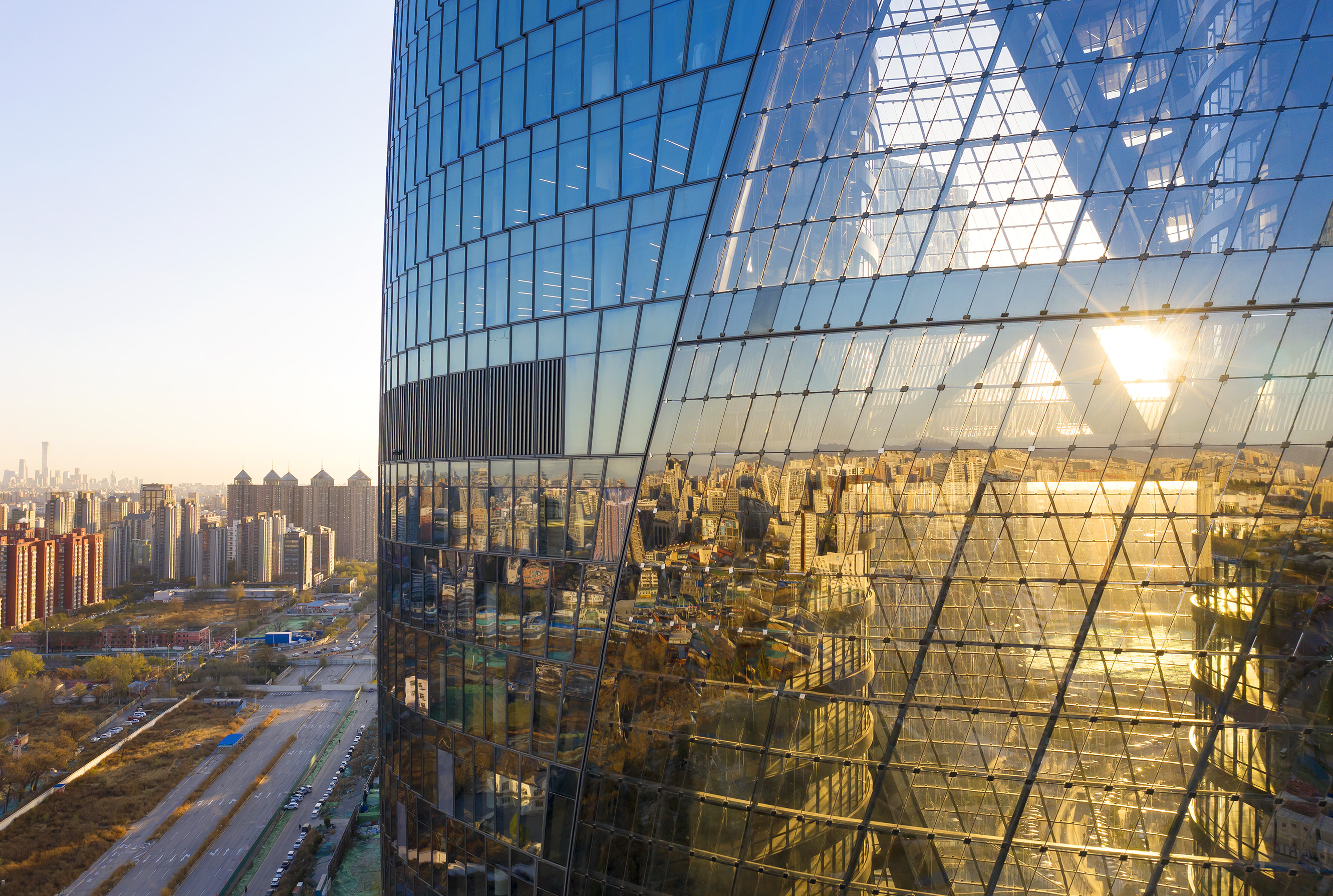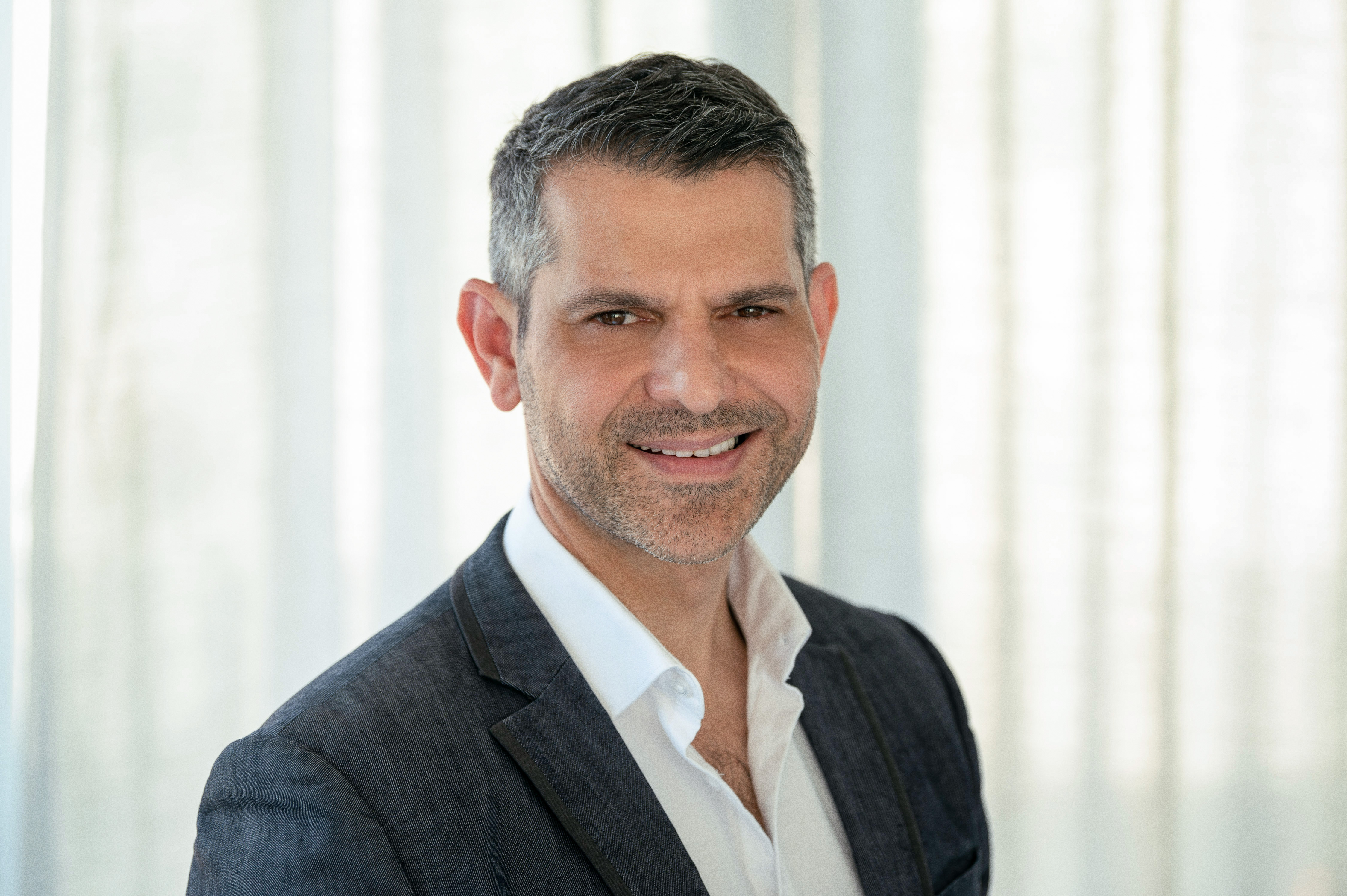Presented by Shai Baitel, Artistic Director of Modern Art Museum (MAM) Shanghai
A first for China, the country's first large-scale exhibition of Zaha Hadid Architects showcases an inspiring overview of the studio’s 40 years of stellar design, avant-garde construction techniques and contemporary material innovations. Currently on display at the Modern Art Museum (MAM) Shanghai, the exhibition features a selection of architectural models and prototypes, project exhibition sketches and drawings, project renders, photographs and large video projections of built work, as well as projects under construction.
What's more, visitors can view a selection of Chinese projects that have not been exhibited before, while the extensive portfolio of multidisciplinary research projects and experimental designs also form part of the displays. Also on show is a selection of furniture and product design from the Zaha Hadid Design (ZHD) collection and from long-standing collaborations with other brands.
Here, MAM's Artistic Director Shai Baitel offers insights into the life and trailblazing work of the eminent architect Zaha Hadid.









